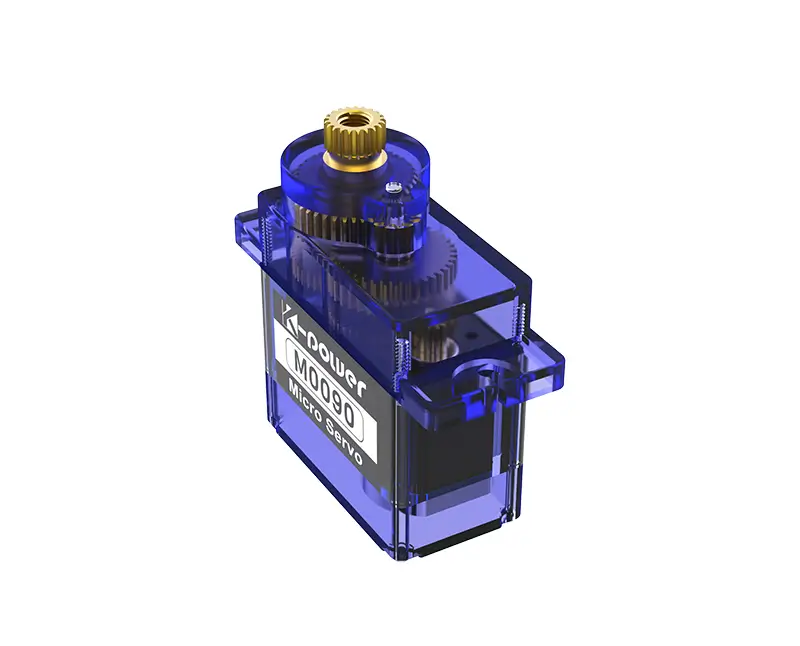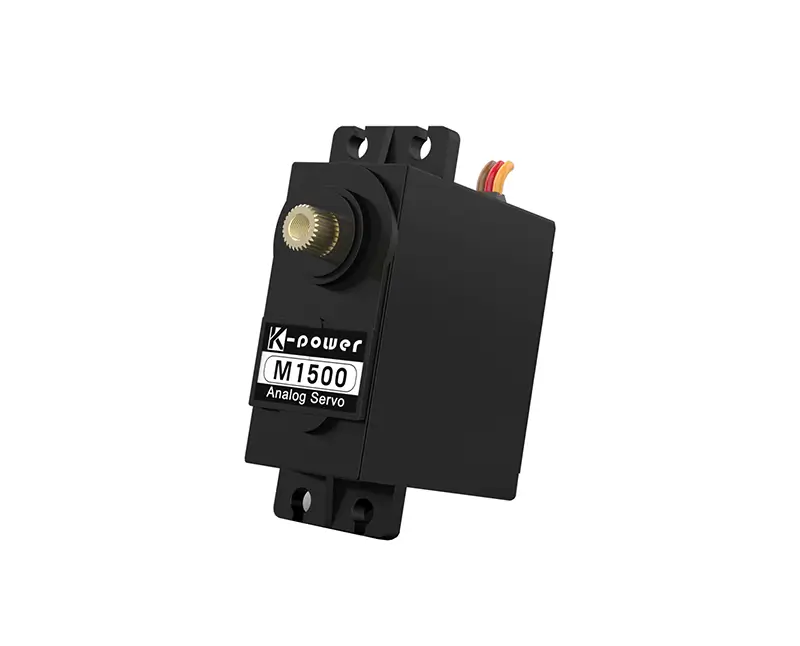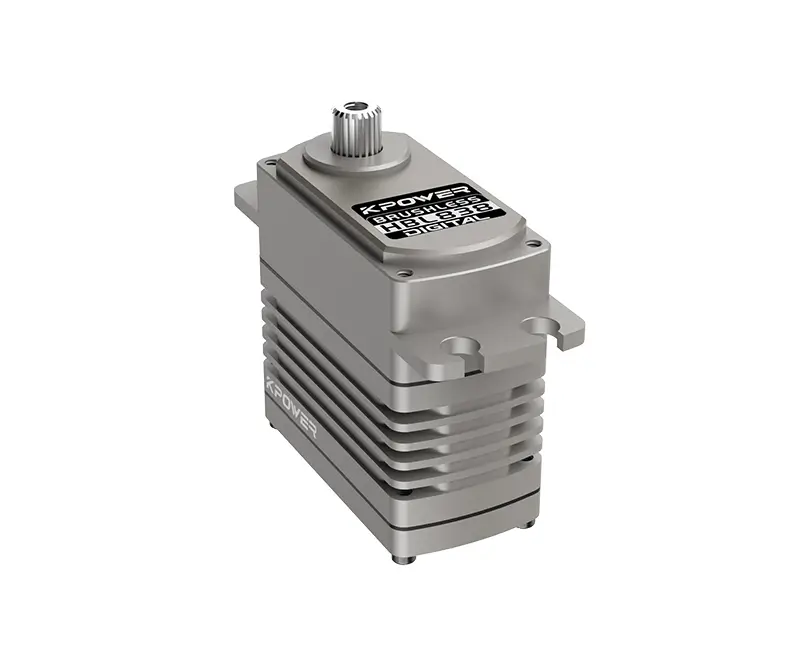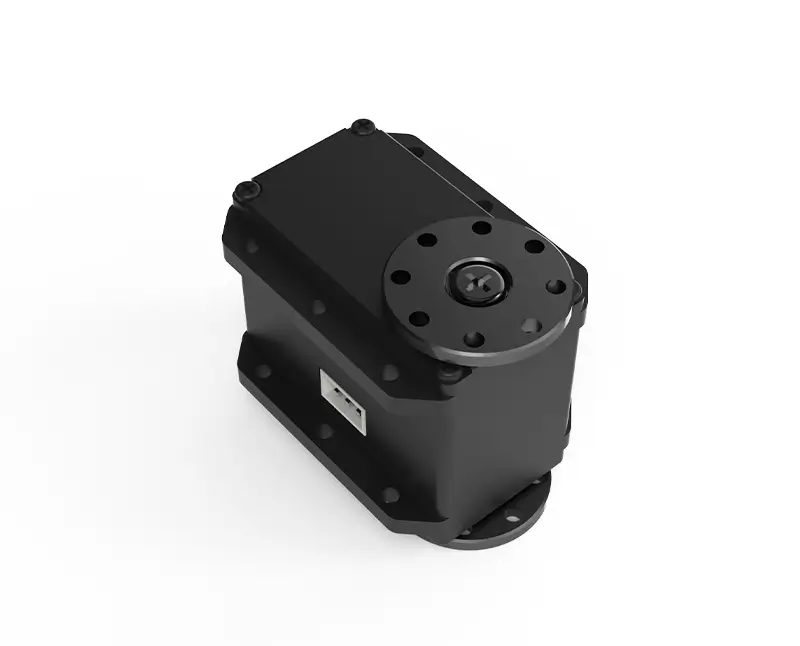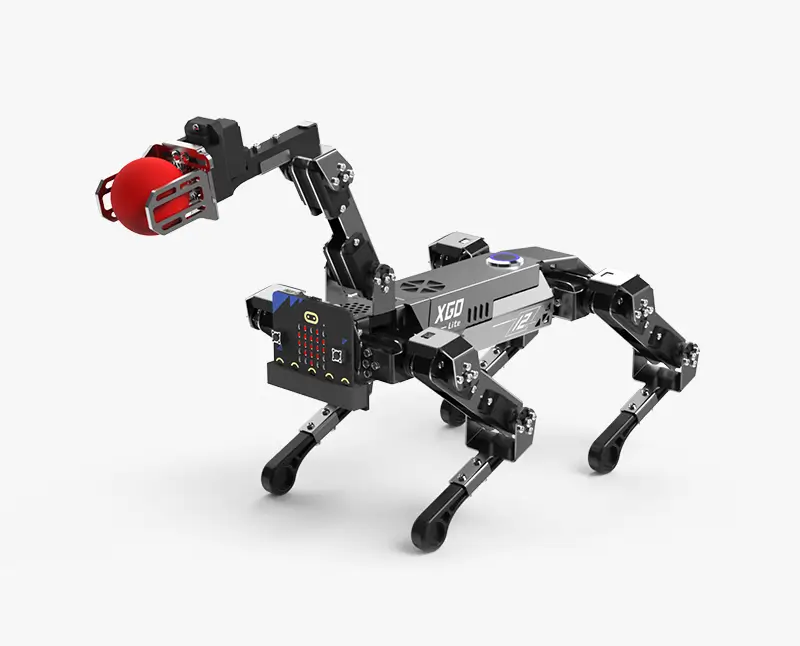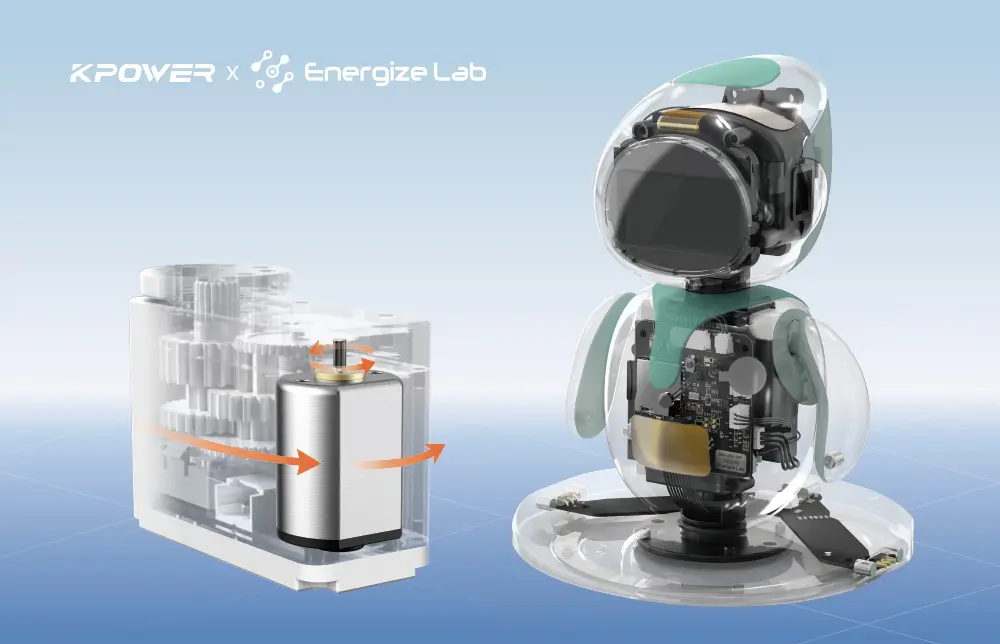Demystifying the MG996R – What the Datasheet Tells You (And Why It Matters)
If you’ve ever tinkered with robotics or RC projects, you’ve likely crossed paths with the MG996R servo motor. This unassuming metal-gear workhorse powers everything from robot arms to camera gimbals, yet few users fully exploit its capabilities. The secret? Its datasheet – a treasure trove of technical insights most hobbyists gloss over. Let’s crack it open.
.webp)
Why the MG996R Dominates DIY Culture Before diving into specs, let’s address its cult status. Priced like a fast-food combo but built like a tank, this servo delivers 10 kg/cm of torque – enough to lift a 2-liter soda bottle at 1 cm distance. Its 180-degree rotation range and metal gears make it ideal for repetitive, high-stress tasks where plastic servos fail. From animatronic Halloween props to automated plant-watering systems, the MG996R is the Swiss Army knife of motion control.
Decoding the Datasheet: Key Specifications
Operating Voltage (4.8V–7.2V): Unlike fixed-voltage servos, this range offers flexibility. At 6V, it’s a balance of speed (0.19s/60°) and torque. Crank it to 7.2V for 11 kg/cm torque – perfect for heavy lifting – but monitor temperature.
Stall Torque vs. Dynamic Torque: The datasheet’s “10 kg/cm” refers to stall torque – force applied when the motor isn’t moving. In motion, dynamic torque drops to ~6 kg/cm. This explains why overloaded servos jitter instead of stalling completely.
Idle Current vs. Load Current: At 6V, it sips 10mA when idle but guzzles 650–800mA under load. This explains why battery packs die faster than expected in active projects.
The Hidden Quirks
Gear Noise: The datasheet won’t tell you about the distinctive whirr-click sound during operation – a byproduct of its titanium-coated gears. It’s normal, not a defect. Dead Band Width: Listed as 5µs, this is the minimum pulse change needed to trigger movement. Smaller values mean finer control, but cheap PWM controllers might struggle. Temperature Rise: Under 7.2V loads, the motor can hit 60°C (140°F). Touch-unfriendly, but survivable with proper duty cycles.
Real-World Applications (You Haven’t Considered)
Cinematic Camera Sliders: Pair two MG996Rs with a timing belt for buttery-smooth pan-and-tilt shots. Smart Pet Feeders: Use its torque to rotate a carousel-style food dispenser, even with sticky kibble. Wind Turbine Pitch Control: Hobbyist turbines use these servos to adjust blade angles in variable winds.
Pushing Boundaries – Advanced Techniques and Datasheet Hacks
Now that we’ve covered the basics, let’s explore how to transform the MG996R from a component into a performance beast.
Overvolting: Yay or Nay? While the datasheet caps voltage at 7.2V, enthusiasts often push to 8.4V (2S LiPo territory). Results? 13 kg/cm torque and faster response. But there’s a catch: at 8.4V, the motor’s lifespan drops from 1,000 hours to ~200. For short-duration projects (e.g., robotics competitions), this trade-off might be worth it.
Modding for Continuous Rotation By removing the physical stop block and tweaking the potentiometer, you can convert the MG996R into a 360° continuous rotation servo – perfect for wheeled robots. Warning: This voids warranty and requires recalibrating PWM signals (1500µs = stop).
Bypassing the Control Board Advanced users often ditch the built-in control IC to directly drive the motor with an H-bridge. This allows microstepping for smoother motion, though it demands separate gear position sensing.
Thermal Management Hacks
Copper Shims: Place thin copper sheets between the motor and heat sink to improve thermal transfer. PWM Duty Cycle Tweaking: Limit “hold” positions to 50% duty cycles (pulses every 20ms) to reduce heat buildup.
When the Datasheet Lies (Sort Of)
Actual Weight: Listed as 55g, but real-world tests show 58–62g due to grease and manufacturing variances. Signal Compatibility: While designed for 50Hz PWM, some units sync with 60Hz signals – a boon for Arduino users.
Failures and Fixes
Jittering: Usually caused by insufficient power. The datasheet doesn’t emphasize that voltage sag under load triggers control board resets. Solution: Use a capacitor buffer (1000µF+) across power lines. Gear Stripping: Despite metal gears, extreme loads can damage the smallest pinion. Keep spares!
Future-Proofing Your Projects With the rise of IoT, consider pairing the MG996R with ESP32 boards for WiFi-controlled setups. Imagine adjusting a telescope mount’s position via smartphone – all powered by this humble servo.
Conclusion: Beyond the Paper The MG996R’s datasheet is a starting point, not a bible. By understanding its specs deeply and embracing experimental tweaks, you unlock capabilities that turn “good enough” projects into engineering marvels. Whether you’re building a battlebot or a homemade CNC machine, this servo’s true potential lies in your willingness to play – responsibly – with the numbers.


































.webp)
